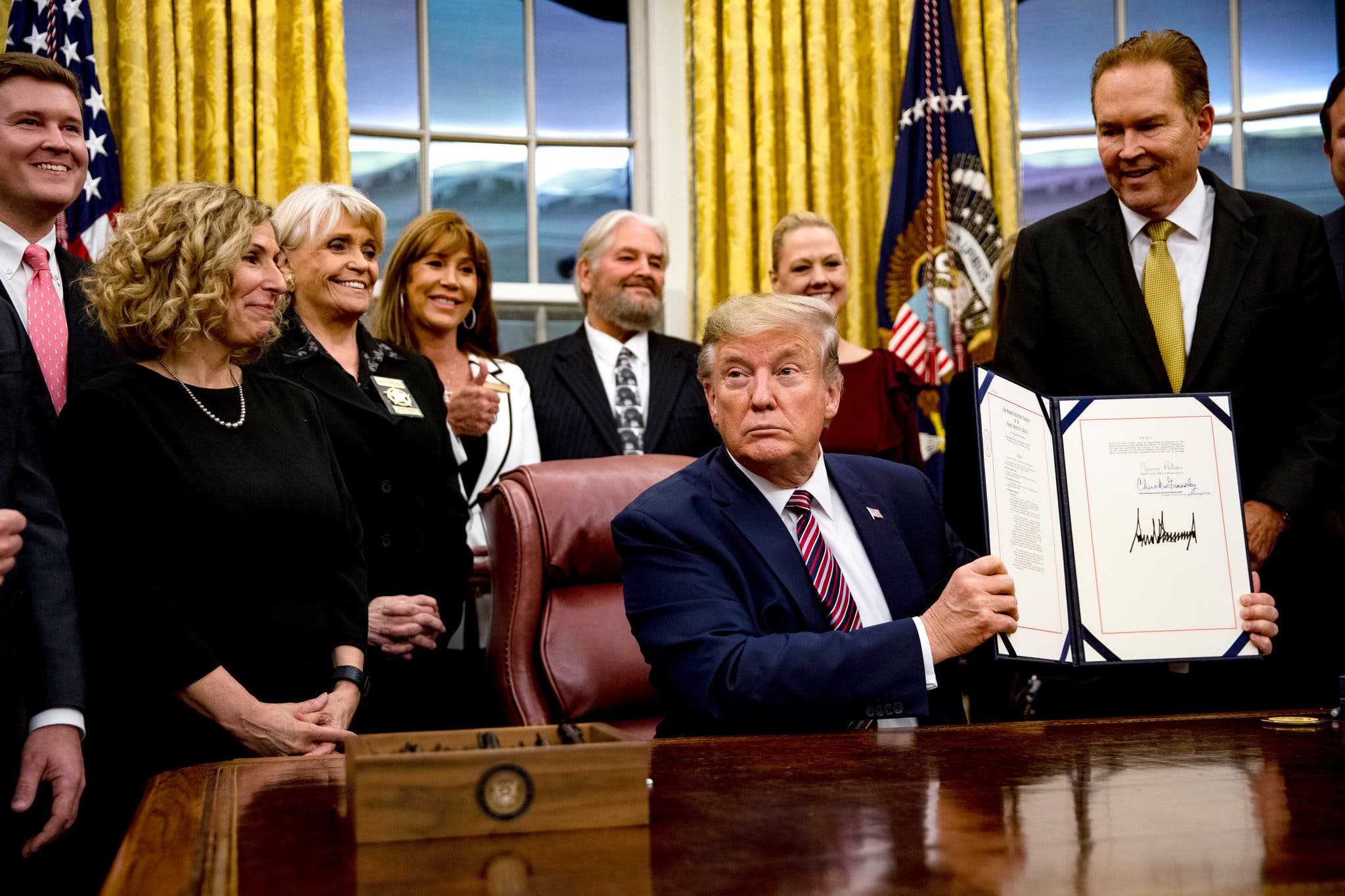In recent years, a controversy has emerged surrounding the transparency of animal welfare in the United States, particularly focusing on the reports published by the U.S. Department of Agriculture (USDA). A question that reverberates within animal rights circles is, did Trump remove animal cruelty reports from the USDA website? This inquiry not only opens the door to discussions about governmental policy and animal welfare but also poses a challenge for both activists and citizens who care deeply about the plight of animals in this country.
To understand this issue fully, one must first grasp the role of the USDA. This federal agency is tasked with overseeing various aspects of agriculture, including the welfare of animals used in research, entertainment, and agriculture. The Animal Welfare Act (AWA) mandates that the USDA records inspection reports for facilities that handle animals. These reports were designed to be openly accessible, allowing the public to scrutinize and hold these institutions accountable. However, this accessibility has been called into question in recent years.
Under the Obama administration, the USDA enforced a policy that prioritized transparency, making animal cruelty inspection reports available online. This move was welcomed by animal advocates. It provided an avenue for the public to stay informed about violations and abuse, fostering a culture of accountability. However, the narrative shifted dramatically during the Trump administration.
When President Trump took office, many policies experienced re-evaluation, and animal welfare was not exempt. In early 2017, the USDA quietly removed thousands of animal cruelty inspection reports from its website. The reports in question included critical information about violations, fines, and enforcement actions against facilities. This sudden removal sparked outrage among animal rights activists, veterinarians, and concerned citizens who viewed it as an attempt to conceal troubling realities of animal treatment.
Critics argue that the removal of these inspections from public access significantly undermined the enforcement of animal welfare laws. Without these reports, it becomes more challenging for activists to advocate for animals, as the transparency that once empowered them has been obscured. Moreover, critics question the ethical implications of such a decision. Are we not entitled to know how animals are treated? Should not the public have a stake in the welfare of animals, especially those subjected to regulations that are meant to protect them?
Further complicating the situation, the USDA defended its decision, claiming that the reports were not in line with its vision of providing a “more modern” approach to transparency. They argued that the information was still available through other means, albeit less accessible. This assertion raised eyebrows, as many activists noted that having data readily available on a government website is a quintessential facet of transparency. The convenience of accessing such crucial information is pivotal for effective advocacy efforts, further emphasizing the dichotomy between bureaucratic policy and the ethical responsibility to ensure animal welfare.
In the wake of these developments, the public’s reaction was fervent. Petitions surged, urging the USDA and the Trump administration to restore the previously available inspection reports. Advocacy organizations mobilized campaigns to raise awareness about the ramifications of the lost data. This grassroots movement saw diverse groups unite, underscoring a fundamental premise: that animals deserve advocacy and protection, regardless of political administration.
As the years have unfolded, the controversy around the USDA’s animal cruelty reports serves as a microcosm of the broader challenges facing animal welfare in the United States. There remains a palpable disconnect between governmental actions and public concern. With the issue of animal cruelty gaining traction in social discourse, advocates ask themselves not just if reports were removed, but why these ethical concerns were sidelined in the first place.
The potential ramifications of this controversy extend beyond the immediacy of removed reports. A society’s treatment of animals often mirrors its values and ethics. If transparency is compromised, where does that leave the animals? Without the vital information that inspection reports provide, can we ever be assured that animals are treated humanely? This begs the question, what other areas might face similar opacity? What implications does this have on the safety and welfare of both animals and humans alike?
Disturbingly, the absence of open records could lead to a slippery slope. Will animal welfare continue to diminish if oversight is weakened? It raises a challenge to collectively rally for an ethical framework that demands accountability for the sake of animal rights. Advocates now face the task of restoring transparency, not just of the USDA, but across all platforms that engage in animal industries.
As we navigate the murky waters of animal welfare legislation and oversight, it is vital to remember the importance of vigilance. The pursuit for knowledge about animal treatment must press on, utilizing social media, legal avenues, and other forms of activism to shine a light on abuses that may otherwise go unnoticed. Most importantly, this situation serves as a reminder that the battle for animal rights is ongoing. While the past may present challenges, it is through persistent advocacy and public engagement that a future fostering compassion and accountability can be forged.
Ultimately, the question of whether Trump removed animal cruelty reports from the USDA website encapsulates broader themes of transparency, ethical governance, and the rights of vulnerable beings. It serves as a call to action for every individual who believes in the importance of welfare for all living creatures. Can we rise to the occasion and ensure that the plight of our animal counterparts is recognized and addressed? The challenge is not just about restoring lost information; it’s about redefining the standards of care, ethics, and advocacy in a society that must do better for its most defenseless members.







